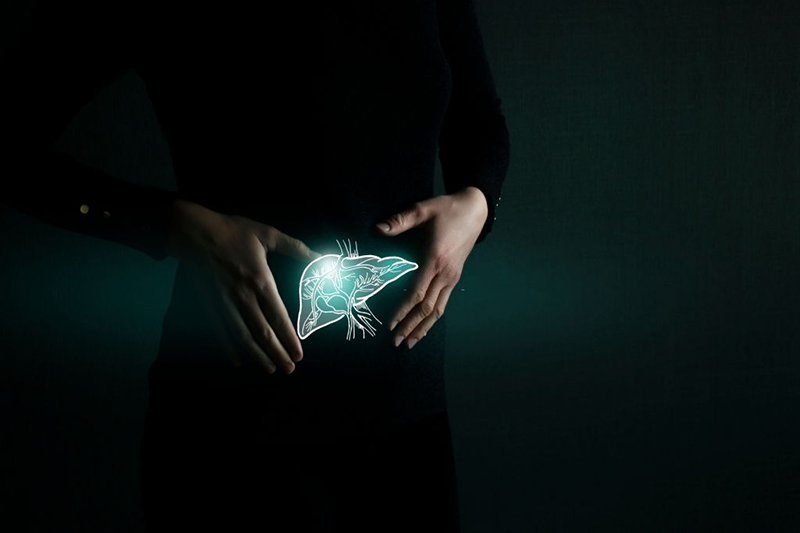The human body contains a large number of microorganisms, the total number of which can reach 1014, which respectively settle in the human intestine, skin, vagina, oral cavity, nasal cavity and other parts. Hundreds of these microorganisms have been identified as symbiotic with the human body, and the relationship between these microorganisms and the host can be simple or complex. Studies on germ-free animals have confirmed that the symbiosis of microorganisms in the body is not necessary for animal survival, but compared with ordinary animals, germ-free animals show many physiological and biochemical differences. And germ-free animals are more susceptible to infection, in part due to a weakened immune system and a lack of what’s called “competitive colonization.” It is these differences between ordinary animals and germ-free animals that make people realize that the colonization of microorganisms in the human body is of great significance to human health. probioticseverything.com
probiotics to take with antibiotics
probiotics to take with antibiotics
The effects of symbiotic microorganisms in the human body on the host have pros and cons. On the one hand, certain metabolites of microorganisms, such as short-chain fatty acids (SAFCs), including acetic acid, propionic acid, and butyric acid, can provide a certain amount of energy for the human body, affect the regeneration and differentiation of intestinal mucosal cells, regulate the pH of the intestinal lumen, and promote minerals The absorption and metabolism pathways of complex and fairly stable microorganisms in the human body can make it difficult for foreign organisms, including pathogens, to colonize the body through competitive colonization, thus forming an important line of defense against pathogens. On the other hand, in a few cases, a pathogenic relationship may develop between the microorganism and the host, which may cause the disease or death of the host. Certain metabolites of microorganisms may have genotoxic, permeabilizing or carcinogenic activities, and may lead to the occurrence of cancer after a long-term release phase: and when certain factors, such as host physiology, food, medication, etc., destroy the microorganisms in the body When the balance between the bacterial phases, some harmful bacteria or opportunistic pathogens will be transformed from the suppressed state to the dominant bacteria, causing auto-infection. probioticseverything.com
probiotics to take with antibiotics
probiotics to take with antibiotics
It is the understanding of the role of the human microbiome and the idea to play the beneficial role of the microflora while avoiding its harmful effects that prompted the probiotic theory. Although the current research on the health-care properties of probiotics is not sufficient, the mechanism of action theory is not mature enough. It is uncertain whether probiotics can bring about substantial changes in human health. However, many new public health crises that have emerged in recent years, such as the worsening of infections such as Campylobacter jejuni, Clostridium difficile, rotavirus, etc.; the increase in the number of immunocompromised people: the resistance of pathogens to various antibiotics, etc., increasingly require a A safe, low-risk natural barrier to inhibit microbial infection and the negative effects of endogenous microorganisms. Therefore, the research on probiotic products with no residue, no drug resistance, no toxic side effects, and strong physiological effects may meet this requirement and have important implications for human health. probioticseverything.com
probiotics to take with antibiotics
probiotics to take with antibiotics







